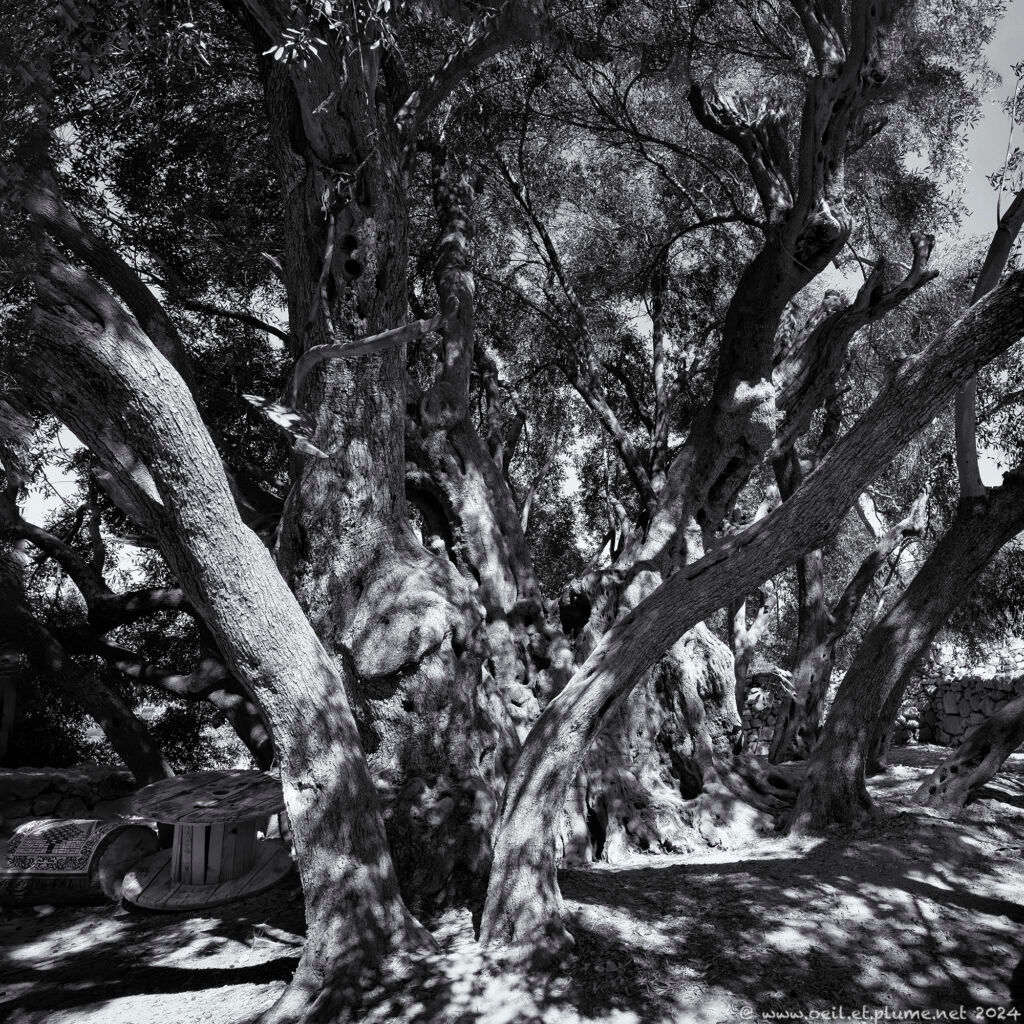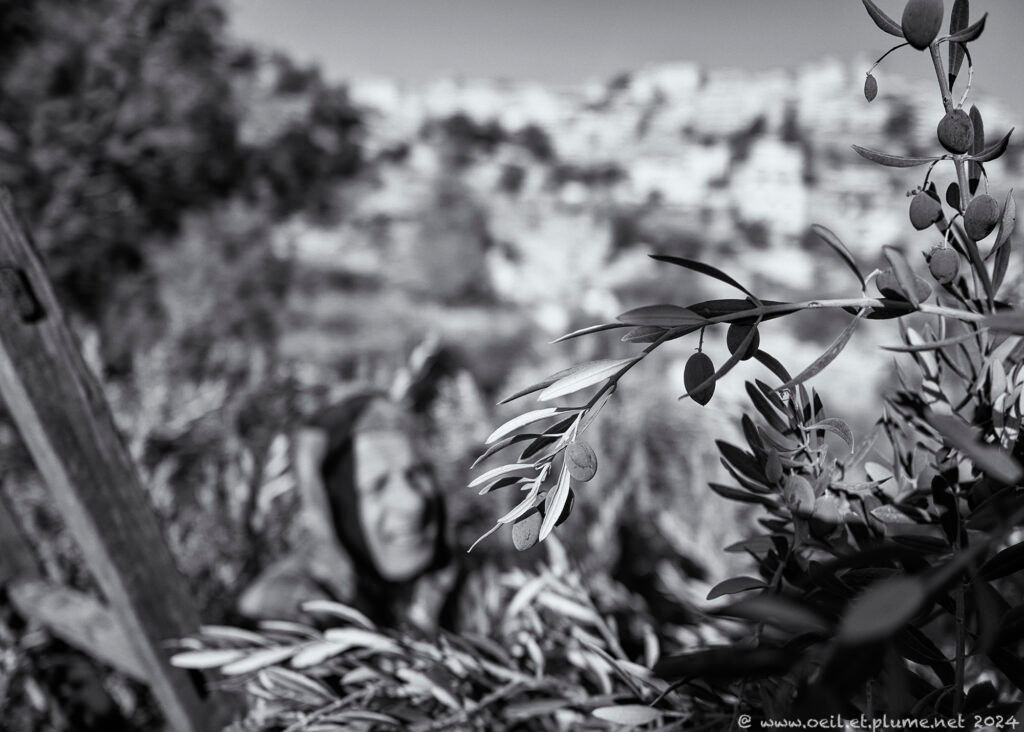The olive tree (olea europaea) is a hallmark of the Mediterranean landscape and culture, particularly in the West Bank. Its resilience and adaptability to harsh terrains like limestone cliffs, steep slopes, and hilly regions make it a natural fit for the region’s ecosystem.
Archaeological evidence suggests humans have utilised olives for over 100,000 years, whether for food, oil, or other uses. During Antiquity, the cultivation and trade of olives expanded significantly from their origins in the eastern Mediterranean, spreading across the Mediterranean Basin. This expansion was facilitated by the Phoenicians, Greeks, and Romans, who developed the economic and cultural value of olive trees.
Today, olive trees remain deeply symbolic in the Mediterranean, representing resilience, history and tradition. Their presence in the West Bank not only enhances the natural landscape but also sustains local economy and cultural heritage.
The olive tree is a strong symbol of resilience. It is very resistant to climatic hardship, fire and other hazards. The evergreen scrub withstands the hot summer and drought as well as sub-zero temperatures and frost. Its roots can re-grow even after having been decimated. In extreme stress situations, the tree prioritises leaves growth over fruit production. No wonder that it can grow very old. The average lifespan of an olive tree is 300-600 years, but some can live much longer time.
The venerable olive tree
In a Palestinian village somewhere in the West Bank, there grows an extraordinary olive tree. The venerable ancestor is about 4,500 years old, as estimated by scientific methods. It could be one of the oldest olive trees in the world.
The olive tree branches span around 13 meters skyward while its roots spread 25 meters into the ground. The branches are so heavy that they have ripped the enormous trunk in several parts. The lower part of the trunk is nowadays underground as the ground level has risen over time. The tree exhales an awkward sense of vulnerable might: its sheer shape, size and age highlight its resilience, while setting also major sustainability challenges to the ancestor.
Under the massive canopy, a cat and two men enjoy the serenity distilled by the unique location. The cat is at home, running around, up and down. One man is a visitor, the other one the owner of the place, better said, the caretaker of the venerable tree.
Under the sprawling canopy of the olive tree, the caretaker finds solace and connection. The tree offers shade, a sanctuary for contemplation, and a space for simple pleasures—thinking, reading, eating, and drinking. The tree is for the man a companion, a teacher, and a source of inspiration. The caretaker’s time beneath its protective branches is a quiet ritual, a moment to honor the continuity of life and the wisdom carried by the olive tree, whose roots reach deep into history.
I have loved the visit to the venerable olive tree and its caretaker. Beyond its extraordinary size and age, the ancestor tree helped me reconnecting to the rhythms of the natural world. Its caretaker is also quite a special character.
I will remember forever the emotional connection between the caretaker and the olive tree, both almost partners in life. The caretaker’s gestures—embracing and caressing the trunk, speaking to its “soul,” and intuitively sensing its “mood”—suggest a dialogue that is as much spiritual as it is physical.
Despite its age, the venerable olive tree met above still growths about 500 kilos of olives yearly. I did not partake the harvest of the ancestors’ fruits. In turn, I took part to other episodes of olive harvest this year.
Olive harvest
The olive harvest in the West Bank is a cornerstone of both economic sustainability and cultural identity. Beyond its importance as a key source of income for many Palestinian families, it stands as a deeply rooted ritual that embodies social values and traditions.
Referred to as “Palestine’s wedding”, the olive harvest season represents a major social event in the West Bank. The harvest season provides a golden opportunity to extended families, friends, and communities to gather and act collectively.
The olive harvest in the West Bank resuscitated my memories of grape harvest in my home area in Switzerland. Both harvests share economic importance, entail a strong sociocultural dimension, generate happy mood and provide room for solid meals shared collectively.
There is one difference though: while grape harvest allows spontaneous fruit tasting, olive harvest does not. We better wait for the oil to be pressed to enjoy olive fruits. Never mind.
Cheers,




















